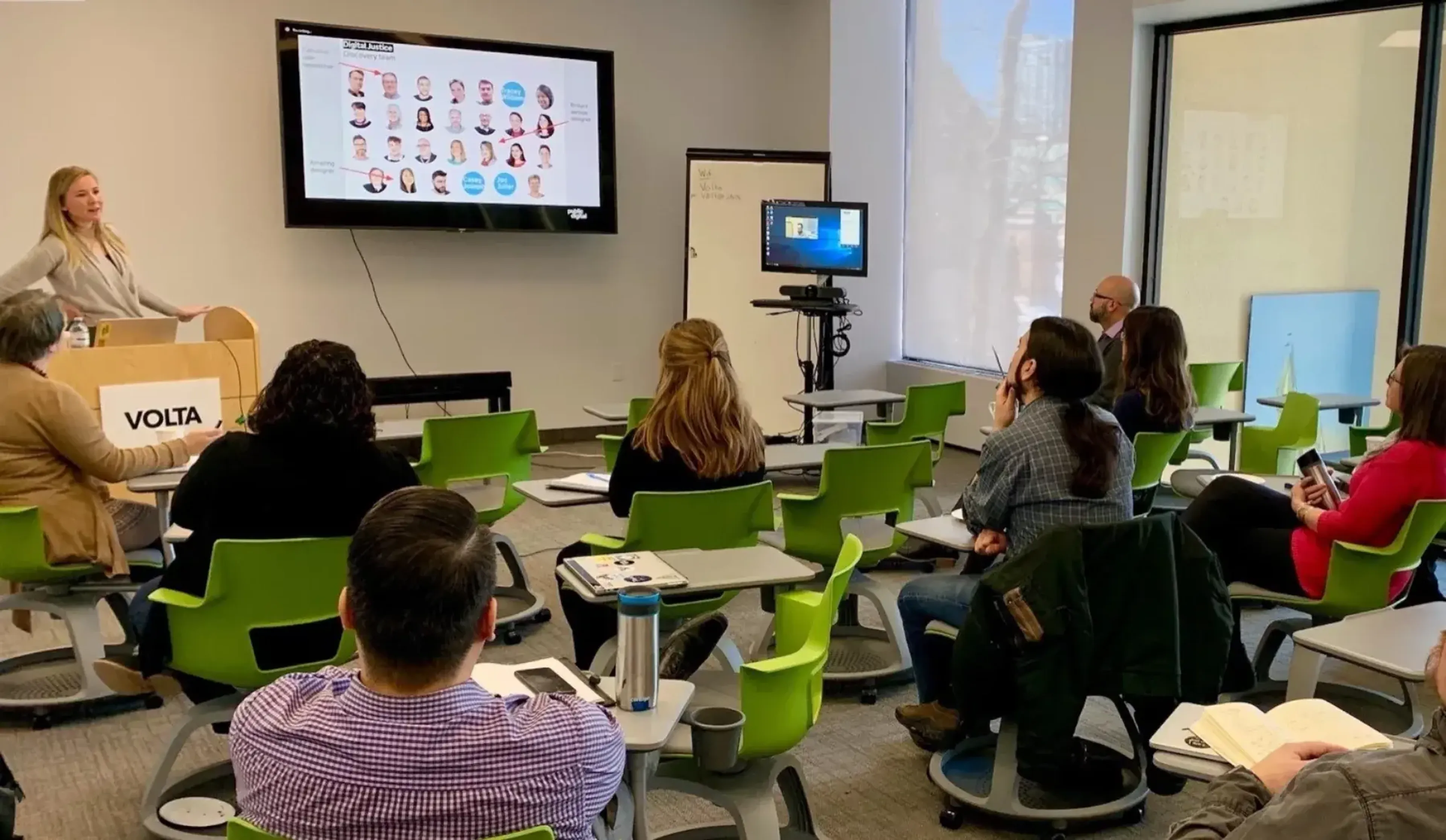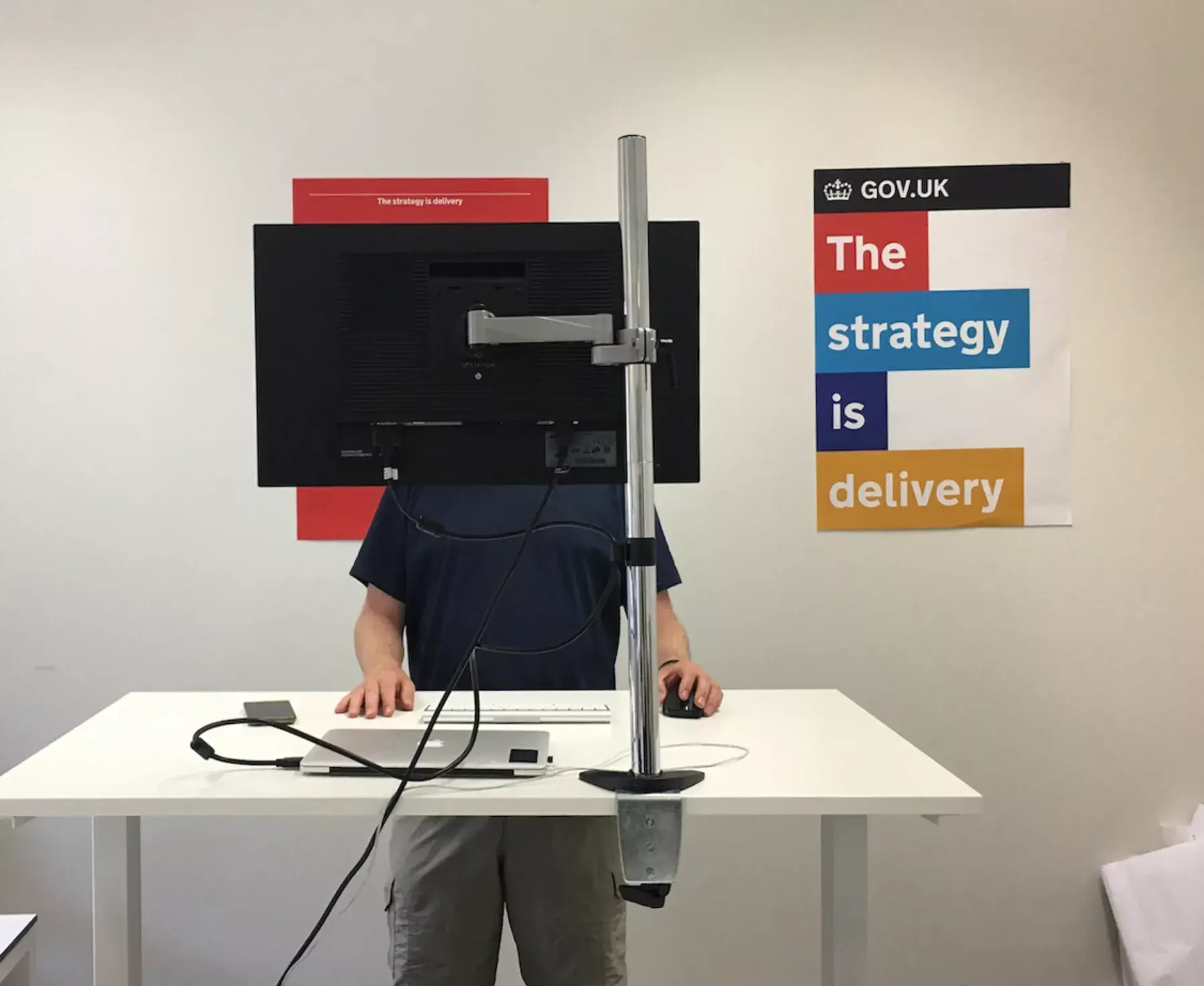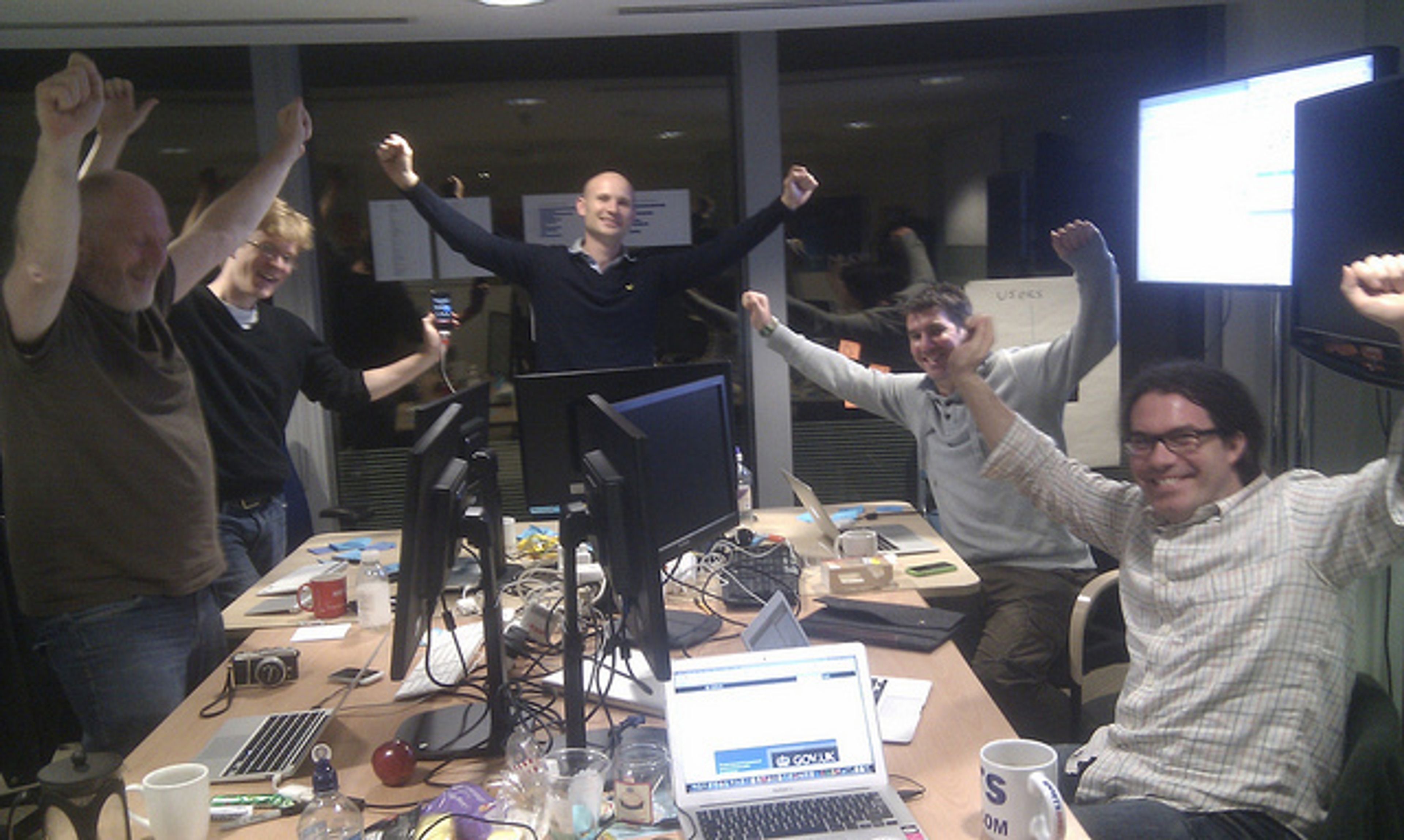
Becoming the world's leading digital government
The problem
In 2011, the UK government was running nearly 2,000 department and government agency websites. The only thing that united them was that they were all different. Meanwhile, take-up of online public services lagged far behind that in the private sector.
User needs were ignored in favour of organisational compromises, leading to poor experiences for citizens and huge costs for the government.
To address this, the Government Digital Service (GDS) was created. Public Digital’s founders led the establishment of that team, and put it at the forefront of global digital government.

Trust, users, delivery
GDS took a different approach to the pattern of conventional, outsourced and expensive IT failure that preceded it.
Applying a user-centred, test-and-learn, and multidisciplinary approach required a fundamental shift in government. The scale of this change was captured in GDS’ Design Principles, which set the tone for new ways of working that were to spread across government and beyond.
GDS began by replacing 1,882 different government websites with one, GOV.UK. GOV.UK went live within a year, at less than 30% of the annual cost of what it replaced. The website won awards for its simplicity of design and clarity of communication.

GDS then led the transformation of 25 national public services, building empowered, multidisciplinary teams that lead the change. These brought together policy, digital and operational experience, and focused on improving outcomes, not shipping features. They worked on benefits, motoring, tax, justice, health and beyond. Above all, those teams were trusted to apply what they learned from user research to keep improving public services, day after day, week after week.
Alongside the delivery of new national platforms and services, GDS worked on the structural reforms needed to support these ways of working at scale. These included setting service standards and spending controls, reforming procurement, tackling the digital and technology talent gap, and building reusable platforms, service components and design patterns. Together, these helped to scale new ways of working across a huge, complex set of organisations. They also helped to unlock huge savings for taxpayers.
GDS proved it was possible to change the ways of working in large, complicated organisations - and that the benefits of doing so were great.

What we achieved
- 1
GOV.UK now handles over a billion transactions per year as the single point of access for online public services for the central government.
- 2
Over £4 billion was saved by GDS’ structural reforms in its first 4 years, delivering public services that were genuinely better for less.
- 3
GDS gave central government a single coherent look and feel, which made the online experience of the state clearer, consistent and more accessible to all.
- 4
Within five years of GDS’ creation, the UK was placed 1st in the UN e-government rankings. The team inspired the creation of dozens of similar units around the world, including in the US, Australia, Canada, Japan and Madagascar.


